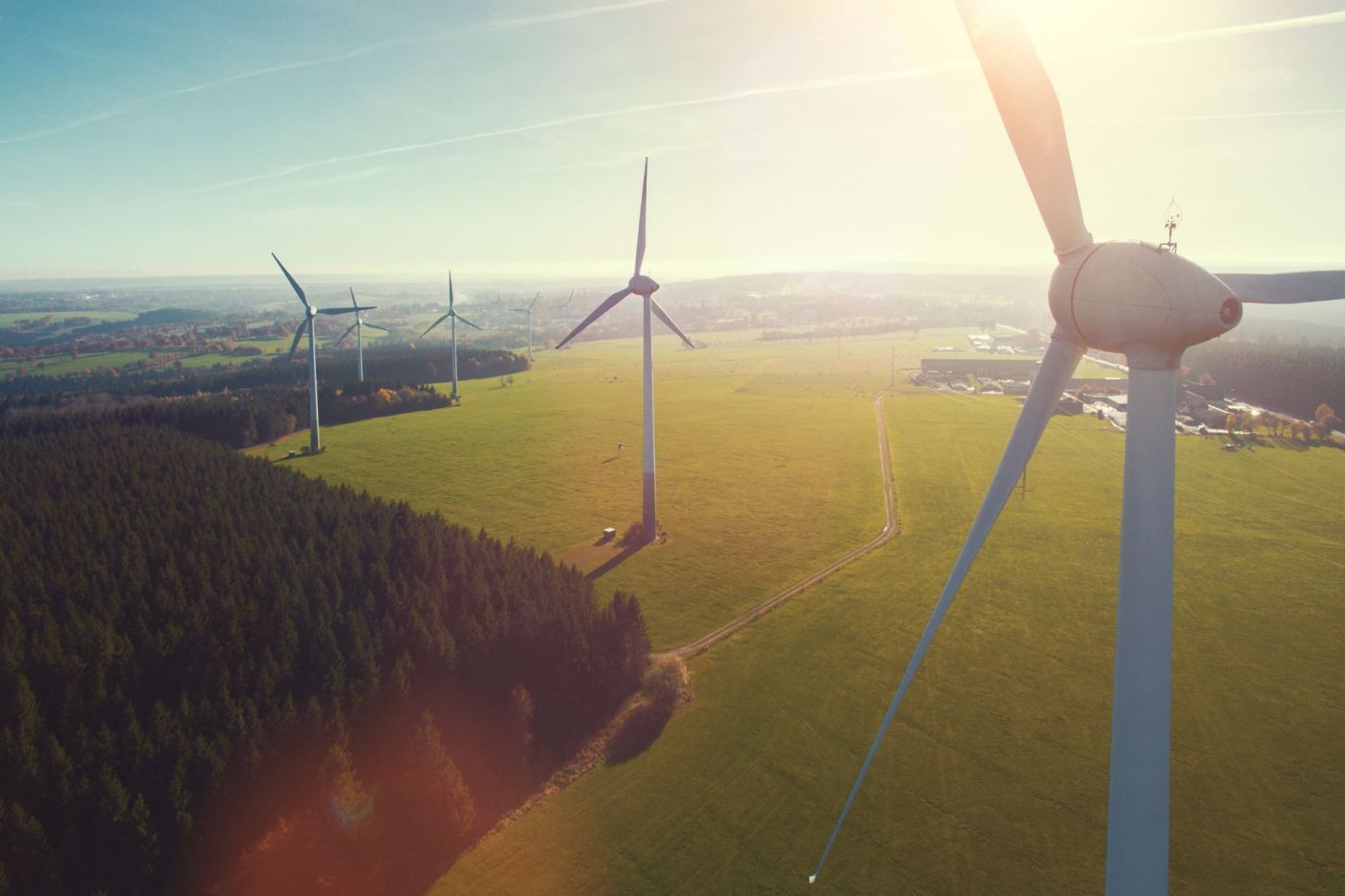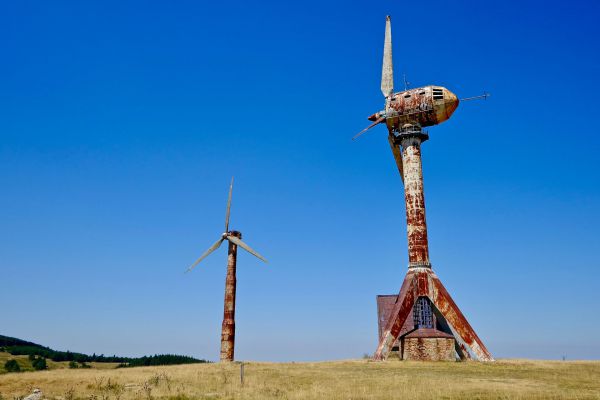The EU wants to become carbon neutral by 2050. It plans to release funds for unprecedented investments over the next decade to achieve this goal. Member states can’t afford to stand still, as they are expected to co-finance €100 billion. Private and public investments will also contribute. The transition aims to create cleaner, more profitable, and efficient energy that will benefit everyone. Innovation and technology are vital for making this ambitious vision a success and getting the most out of investment.
Europe will be the world’s first climate neutral continent by 2050 – and it will do whatever it takes to unlock the investment, the innovation, and the creativity that is needed.
In order to meet its goals, the EU requires a business environment and policies that will attract investors and entrepreneurs. Research and development from service providers and manufacturers, like SKF, will be key in delivering this.
WindEurope set out its research and innovation priorities for achieving climate neutrality. They are:
- Grid and system integration
- Operations and maintenance
- Next generation technologies
- Offshore balance of plant
- Floating wind
To expand to countries where widespread adoption of wind energy is still a work in progress and achieve sustainable growth, wind energy companies must improve reliability and reduce O&M costs. If wind energy companies become more profitable, they will attract investors and become an increasingly viable energy source.
Over the short term (2020–2022), technology goals include industry-wide adoption of lifetime assessment and condition monitoring, supported by digital tools. Many companies have already implemented these practices and technologies. The challenge now is to make them more effective and commonplace. Modern, performance-based maintenance contracts can include all these features – potentially accelerating the transition for operators.
The Sustainable Europe Investment Plan is bigger and better than previous European investment initiatives. And this is excellent news for Europe, the climate, and for wind energy.
Further down the line, innovation will target manufacturing and materials. By reducing emissions by potentially replacing fossil-fuel-powered process with electrical ones and developing sustainable substances, the wind industry can become even greener. Increasing wind energy higher education programs is also a priority to promote further growth and innovation as well as providing enough skilled staff for the future. Adding efficiency in recycling materials and components will play a key role throughout. Some wind energy companies are already using a circular economic model.
Though this ambitious project won’t happen overnight, the EU has set out a clear and realistic vision for Europe to become the world’s first climate-neutral continent. Achieving these goals will require sector-wide innovation and collaboration. Expect to see plenty of new trends and technologies over the coming years.



